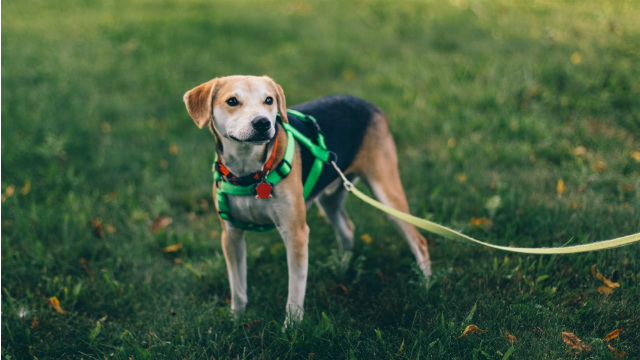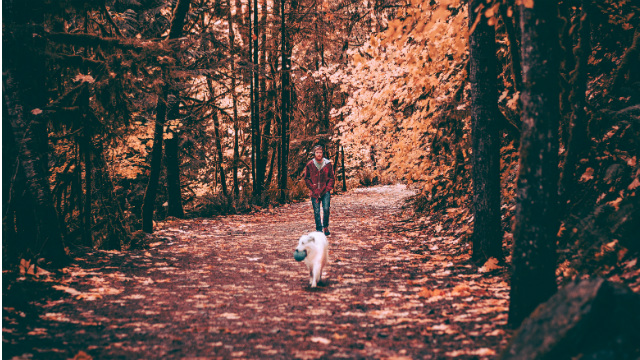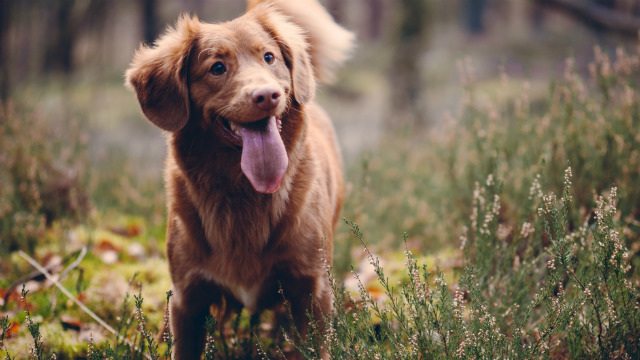Do you want to see your buddy running freely through a green field? Or maybe you just want to feel less of a master and more of a friend allowing him to walk side by side with you as equals. ? Whatever the reason, you might be tempted to let your dog off-leash. However, before you do it, he must go through a rigorous training first to reduce the risk of any harm coming to him or to others.
Do basic training off-leash
This one might sound obvious, but the reality is that many owners don’t spend enough time training their dogs off-leash. ?
When you start training your dog to sit or to come when you call, for instance, you do it using a leash to keep him from running away during class. Then, as you feel confident, you remove the leash and practice without it. He will be quick to pick up the new teachings, you will be satisfied and that’s it.
The problem is because you don’t spend as much time teaching him off-leash as you do it on-leash, it’s much easier for him to go rogue if something else picks up their interest.
If you’re training him yourself, consider doing it at a park or any stimulating environment so he can learn from the beginning to block distractions when you are giving him indications.
Incorporate training in their routine
If you have already taught your buddy basic cues like “stop”, try to reinforce them off-leash too when going around your normal daily routine.
For instance, while playing frisbee or fetch with your dog in the yard, suddenly cut the play by telling him to stop or to come to you and reward him big when he does so. ? You can also do it whenever you see him focusing on something or when he is super excited. Even when he is eating too.
This will help him understand that your command and your voice stand above anything else and should be their priority.
Just remember to remove the rewards progressively or keep them hidden until the last moment. Otherwise, you may call for him all you want when going to a park, if he doesn’t see something tasty in your hand, he won’t come.
Test their obedience with a long leash

When you believe your dog is well behaved enough and will answer your commands no matter what, it’s time for the first test.
Get a long or extendable leash and take him out for a walk. Choose a wide and quiet space to prevent the leash from getting trapped somewhere or hurt someone while he is exploring.
Only use the cue to call him to you when it’s time to go home. If you use him too often just to let him go afterwards, he may start ignoring it. Instead, practice your cues to warn him of any danger, for him to stop or to get away from something or somewhere.
Repeat the training with the long leash as many times as necessary until you feel 100% sure your buddy will follow your commands. ?
The final test

Once you feel confident that your buddy has conquered their training with honors, it’s time to put him to the final test and see how he behaves off-leash but still within a controlled environment.
Take him to a dog park, a regular fenced park or anywhere wide and crowded enough to simulate the environments you will be taking him to. The key word here is fenced. If something goes amiss, you don’t want to end up with a lost dog or having to run miles in hot pursuit. ?♂️
Do it a couple of times until you can rest assured that Fido will obey you no matter what’s going on around him.
When to go off-leash

Even if your dog is fully trained and reliable, you should take the situation into account before letting him off-leash.
For starters, it might be illegal in some towns or specific places. You should also avoid doing it in crowded or noisy areas where the dog can easily get startled and their flee-or-fight instinct can kick in.
Also, don’t let him off-leash in a place where visual contact can easily be lost. He might cause trouble when he’s out of your sight, or he may get into trouble if he crosses paths with another animal or human. ⚠️
Learn to read the room too. Some people might get annoyed, angry or frightful when they spot a dog off-leash, even if he is by your side.
Letting a dog off-leash is considered advanced training and you should respect that. Proceed only when you are 100% sure and never base your decision on a “I know/trust him” argument. Letting a dog off-leash is always potentially dangerous for the canine (and for others), so don’t cut any slack or take shortcuts when teaching him. You will be rewarded in the end when you both can enjoy a moment of freedom. ?






